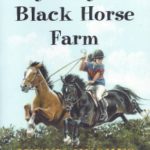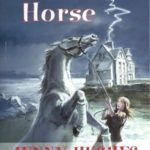
The Welsh Cob, a robust animal developed centuries ago in Wales, Great Britain, represents one of four types in the Welsh Pony and Cob registry. Labeled Sections A, B, C, and D, the four types are distinguished by size and body type. The smallest Welshes are in section A, and the largest ? the Welsh Cobs ? are in section D. Welsh Cobs must stand at least 13.2 hands, but have no upper height limit, and many stand 14.2 to 15.2 hands. They may have any solid coat color.
The Welsh Cob exhibits many of the same physical traits as the smaller varieties of Welsh Ponies, including a pretty, dished head with small ears and large eyes. The back is short and strong, and the legs are straight and sound. The Welsh Cob has a long-reaching stride, with the front legs reaching out from the shoulder, and the hind legs driving powerfully from behind. Tufts of longer hair behind the Welsh Cob?s fetlocks (ankles) are called ?feathers.?
The Welsh Cob is known for hardiness, intelligence, and a good nature. In the 15th century, the Cob?s ancestors accompanied British war horses on long journeys at a ground-covering trot. Today, the Cobs are known for their quality trot and provide a smooth, sure-footed ride under saddle. They are also well suited to driving. Historically, they have pulled military equipment, farm wagons, and bakery and dairy carts, and now are agile competitors in combined driving events and prized exhibitors in harness classes at horse shows.







